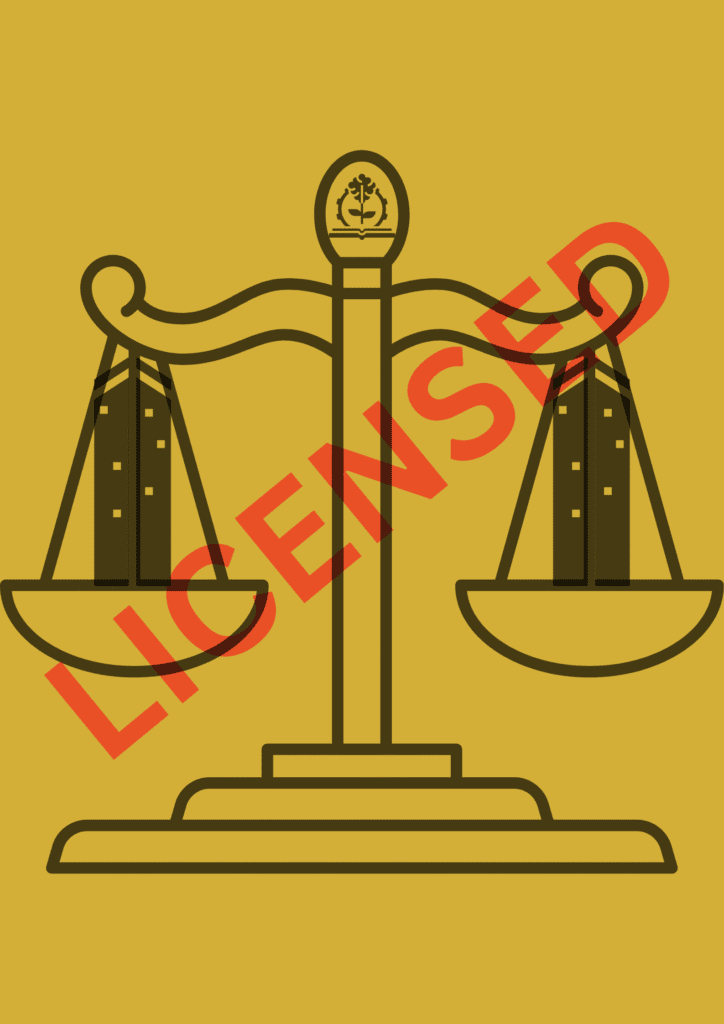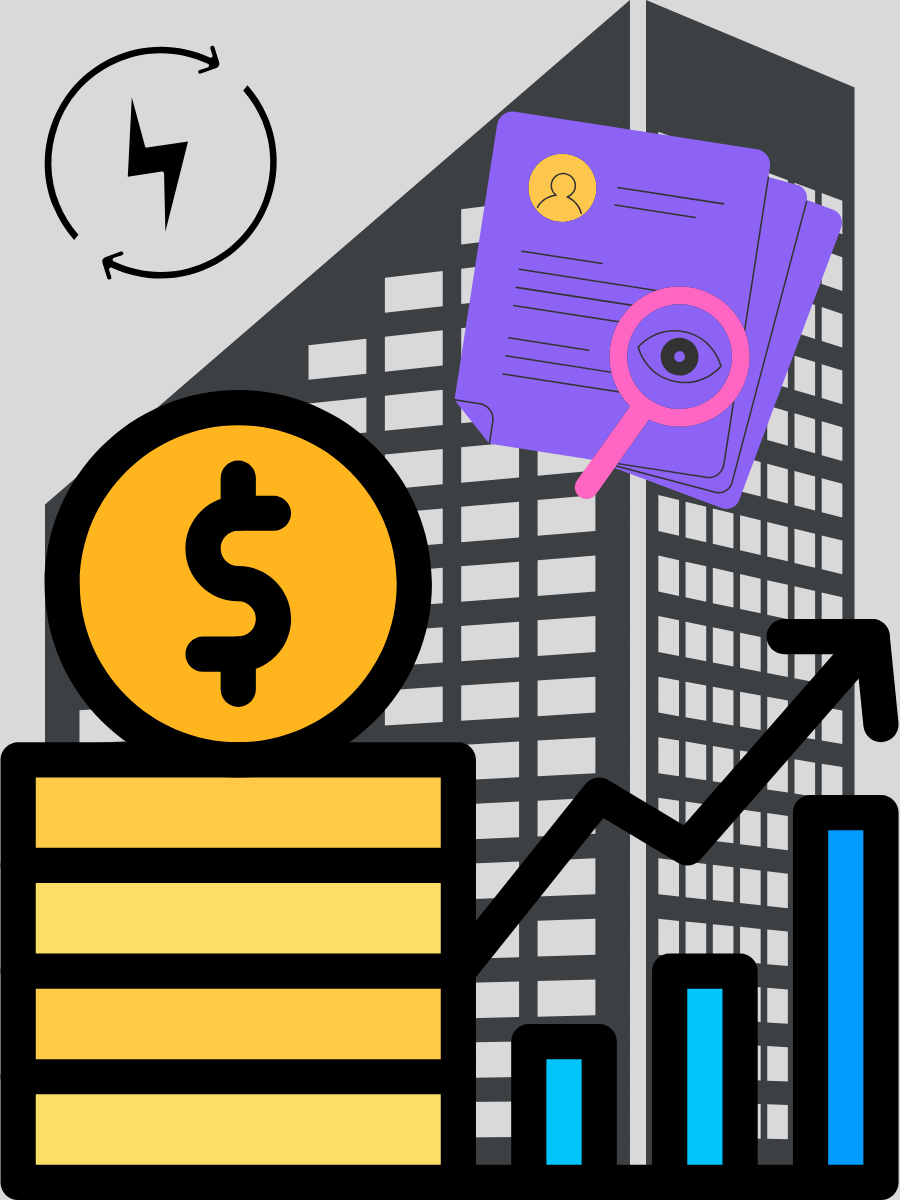Introduction
Assets are frequently perceived as tangible items like bank funds, real estate properties, or a fleet of delivery vehicles. However, in the 21st century, certain assets of significant value are not tangible and are often called Intellectual Property Assets. Consider the emblematic Apple logo, the Coca-Cola formula, or the proprietary algorithm underlying Google’s search engine are IPs, valued in the billions.
IP pertains to mental creations, including innovations, designs, names, symbols, images and literary works. The law grants authors legal rights to their intellectual property, however, its significance extends beyond that. In the possession of an acute enterprise, IP transforms into a formidable strategic asset. Let us examine how IP intersects with both the legal and commercial domains.
Intellectual Property Asset: Dual Aspect
Commercial Power of Intellectual Property Asset
- Economic growth: IP possesses quantifiable economic value. Similar to tangible assets, IP can yield revenue, draw investment, and enhance a company’s market valuation. Illustrations:
- Coca-Cola’s trademark and brand name are worth a valuation in the billions. Even in the absence of their physical infrastructure, the brand possesses significant value.
- Pfizer’s patent for Viagra-like drugs is to monopolise the market and yield substantial revenues before the patent’s expiration.
- J.K. Rowling’s copyright in the Harry Potter series has established her as one of the wealthiest authors globally, resulting in products, films, theme parks, and more.
- Competitive advantage: IP distinguishes a business from its competitors. Distinctive branding, innovations, designs, and content can confer a competitive advantage in the marketplace. Illustrations:
- Apple INC. employs design patents and trademarks to safeguard the aesthetic and tactile attributes of its products, which are recognised and trusted by consumers.
- Nike’s emblem (the “swoosh”) and slogan (“just do it”) are trademarks that establish a robust brand identification, providing a competitive advantage.
- Revenue generation via Licensing : IP can be licensed or sold, akin to any tangible asset. This enables enterprises to capitalise on their inventions and creativity without direct exploitation. Illustrations:
- Microsoft grants licenses for its software to various customers and enterprises, making cash without any hardware.
- Franchise models, such as McDonald’s, utilise IP to permit others to operate under the brand.
- Securing Investment: Startups and technology firms frequently utilise IP portfolios as a significant element in valuation, aiding in the attraction of venture capital or purchasers. A startup possessing a distinctive algorithm safeguarded by a patent can get substantial funding despite having minimal tangible assets.
Intellectual Property Asset: Legal
- Legal acknowledgement and safeguarding: IP is acknowledged by national and international legislation, granting exclusive rights to the creator and proprietor. These rights are actionable in courts. Illustrations:
- Patent law grants innovators the authority to prohibit others from manufacturing, utilising, or commercialising an innovation for a specified duration (often 20 years).
- Trademark law prohibits the use of similar marks that could mislead consumers. Copyright law confers exclusive rights to creators and artists over their works.
- Enforceability: IP rights can be legally enforced by civil litigation and, in certain instances, criminal prosecution. Owners may initiate legal action for infringement, pursue damages, or request injunctions.
- Samsung v. Apple: An extensive legal dispute concerning design and utility patents, culminating in a damages award for Apple.
- Litigation for Privacy: Authors, filmmakers, and software enterprises frequently initiate legal actions against websites or individuals disseminating pirated content.
- Transferability and Licensing: IP, as a legal right, can be assigned, sold, or licensed. This offers adaptability and legal assurance in a commercial deal. Illustrations:
- A software corporation may grant licenses for its product to various clients, each under a legally enforceable contract.
- A business may transfer a trademark to another entity during a merger or acquisition.
- Legal Considerations in Mergers and Acquisitions: IP is frequently the most valuable asset in corporate transactions. Due diligence is performed to assess the robustness and proprietorship of IP rights. Illustrations:
- Google acquired Motorola Mobility partly to obtain its extensive patent portfolio.
- Facebook’s acquisitions of Instagram encompassed its brand equity and IP as principal assets.
Conclusion
IP encompasses not only the safeguarding of ideas but also their utilisation. In the contemporary innovation economy, IP serves a dual and dynamic function: it is both a legal instrument that asserts ownership and a corporate asset that propels strategy, revenue, and growth.
Regardless of whether you are an individual creator, a startup founder, or a member of a multinational corporation, acknowledging the dual nature of IP helps facilitate the realisation of its complete potential. We must cease regarding IP merely as a legal formality and begin to recognise it as a fundamental commercial asset, equally significant as capital, labour, or infrastructure.
Ultimately, the significance lies not solely in the notion itself, but in the actions taken around it.
References
- WIPO. (2020). What is Intellectual Property? Retrieved from: http://www.wipo.int/about-ip/en/
- The Patents Act, 1970 (India).
- The Trademarks Act, 1999 (India).
- The Copyright Act, 1957 (India).
- WTO. (1994). Agreement on Trade-Related Aspects of Intellectual Property Rights (TRIPS)
- Cornish, W.R., & Llewelyn, D. (2013). Intellectual Property: Patents, Copyright, Trademarks and Allied Rights (8th ed.). Sweet and Maxwell.
- Bainbridge, D. (2018). Intellectual Property (10th ed.). Pearson Education.
- Apple Inc. v. Samsung Electronics Co. (2012)
- Pfizer Inc. v. Ranbaxy Laboratories Ltd. (India, 2004)
- Business Standard. (2020). “IP valuation: Key to success in the digital economy.”







